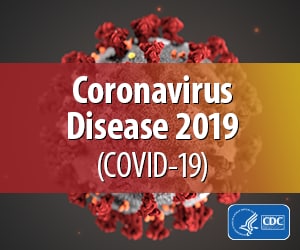Frequently Asked Questions
Q: How do states, territories, and tribes use the PHHS Block Grant?
A: The Block Grant is the primary source of non-categorical funding that provides recipients the latitude to fund any of 1,200+ national health objectives available in the nation’s Healthy People 2020 health improvement plan.
The PHHS Block Grant is used to support clinical services, preventive screening, laboratory support, outbreak control, workforce training, public education, data surveillance, and program evaluation targeting such health problems as cardiovascular disease, cancer, diabetes, emergency medical services, injury and violence prevention, infectious disease, environmental health, community fluoridation, and sex offenses. Because of the variance in the allowable uses of the funds, no two states allocate their Block Grant resources in the same way, and no two states provide similar amounts of funding to the same program or activities.
A strong emphasis is being placed on adolescents, communities with little or poor health care services, and disadvantaged populations. The states depend on the PHHS Block Grant to support public health funding where no other adequate resources are available.
States invest their PHHS Block Grant dollars in a variety of public health areas. PHHS Block Grant dollars are used to support existing programs, implement new programs, and respond to unexpected emergencies. The PHHS Block Grant Program contributes to the following activities:
- Developing performance standards for local boards of health to establish consistent rules for governing the practice and performance of local health departments.
- Developing and implementing seven teaching modules called the Core Essentials of Public Health: Applications for Public Health Nursing in Minnesota.
- Developing an educational campaign for dengue fever in Hawaii.
- Enhancing laboratory surveillance technologies to provide the rapid identification of causative agents in New York.
- Supporting approximately 32 states to create intervention strategies to improve individual lifestyle behaviors regarding nutrition, physical activity, diabetes, and cardiovascular disease.
- Providing support for communities to develop and review health assessments.
- Supporting the review and evaluation of Behavioral Risk Factor Surveillance System data within states to monitor health status and develop health media campaigns to increase awareness for healthier living.
- Providing support to Governor’s councils on Physical Fitness and Sports campaigns and health events.
- Implementing walking trails and walking programs.
- Establishing data and surveillance systems to monitor health status and track the leading health indicators.
- Providing child safety seats and inspections at check sites for proper installation.
- Providing bicycle helmets.
- Training emergency medical service providers.
- Providing funding support for screening services to people for hypertension, cholesterol, diabetes, cancers, and infectious diseases for underserved and uninsured populations.
- Fluoridating of community water systems.
